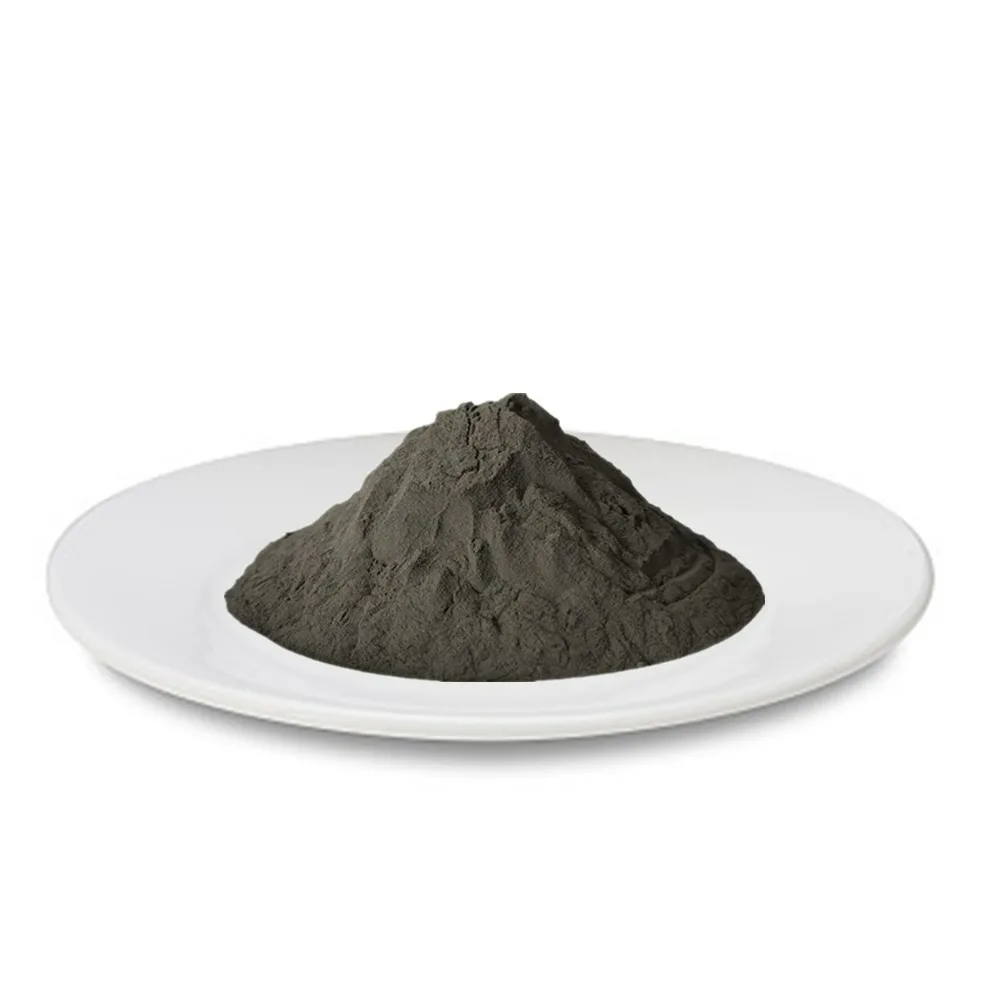The high-purity cobalt powder market is experiencing significant growth, driven by advancements in battery technology, aerospace applications, and the demand for electric vehicles (EVs). As industries increasingly seek high-performance materials, understanding the market dynamics and developing effective strategies is crucial for stakeholders. This article explores current market scenarios and strategic approaches for businesses operating within this sector.
Key Drivers of Demand
-
Electric Vehicle (EV) Growth: The automotive industry is pivoting towards electrification, with major manufacturers committing to EV production. High purity cobalt powder is essential for battery manufacturers to produce efficient and reliable batteries.
-
Renewable Energy Storage: The need for efficient energy storage solutions to complement renewable energy sources is rising. Cobalt-based batteries are favored for their performance, particularly in high-drain applications.
-
Aerospace and Defense Applications: The aerospace sector requires high-performance materials for components that withstand extreme conditions. Cobalt’s excellent thermal stability and corrosion resistance make it a preferred choice.
-
Technological Advancements: Innovations in battery technology, such as cobalt-free alternatives, are influencing the market. However, high purity cobalt remains essential for many current applications, ensuring ongoing demand.
Challenges in the Market
Despite its growth prospects, the high purity cobalt powder market faces several challenges:
-
Supply Chain Vulnerabilities: A significant portion of cobalt is sourced from the Democratic Republic of Congo (DRC), leading to concerns over supply chain stability due to geopolitical risks and ethical sourcing issues.
-
Price Volatility: Cobalt prices have been historically volatile, driven by fluctuations in demand, mining regulations, and production costs. This volatility poses risks for manufacturers and end-users.
-
Regulatory Pressures: Increasing scrutiny over mining practices and environmental regulations can impact supply chains and production costs, necessitating compliance and adaptation.
-
Competition from Alternatives: The emergence of cobalt-free battery technologies could disrupt traditional markets, prompting businesses to innovate or diversify.
Strategic Approaches
To thrive in the high-purity cobalt powder market, businesses must adopt comprehensive strategies that address both opportunities and challenges:
1. Supply Chain Diversification
Businesses should seek to diversify their supply chains to mitigate risks associated with geopolitical instability. This can be achieved through:
-
Alternative Sourcing: Identifying suppliers from different geographic regions can reduce dependence on the DRC. Countries like Australia, Canada, and Madagascar are emerging as viable alternatives.
-
Vertical Integration: Companies may consider integrating upstream to secure a stable supply of raw materials, thereby controlling costs and reducing exposure to market fluctuations.
2. Investment in R&D
Continued investment in research and development is crucial for maintaining competitive advantage. Strategies include:
-
Innovating New Products: Developing advanced cobalt powders with tailored properties can meet specific market demands, particularly in high-performance applications.
-
Exploring Cobalt-Free Alternatives: While high purity cobalt remains important, investing in the research of cobalt-free technologies can position businesses favorably in a shifting market landscape.
3. Sustainability Initiatives
As environmental concerns become increasingly paramount, adopting sustainable practices can enhance brand reputation and attract environmentally conscious consumers. Strategies may include:
-
Ethical Sourcing: Implementing responsible sourcing practices ensures compliance with ethical standards and mitigates reputational risks.
-
Circular Economy Practices: Emphasizing recycling and repurposing of cobalt can not only reduce waste but also create new revenue streams.
4. Strategic Partnerships
Forming strategic alliances with key stakeholders can enhance market positioning. Potential strategies include:
-
Collaborations with Battery Manufacturers: Establishing partnerships with leading battery producers can secure long-term contracts and enhance market share.
-
Engaging with Research Institutions: Collaborating with academic and research institutions can drive innovation and facilitate knowledge transfer.
5. Market Intelligence and Adaptability
Staying informed about market trends and being adaptable to changes is vital for success. Companies should:
-
Invest in Market Research: Regularly conducting market analysis can help identify emerging trends and potential disruptions.
-
Agility in Operations: Developing flexible operational strategies enables businesses to respond swiftly to changes in demand or supply chain dynamics.
Conclusion
The high-purity cobalt powder market presents a wealth of opportunities amid evolving technological and economic landscapes. By addressing supply chain vulnerabilities, investing in R&D, adopting sustainable practices, forming strategic partnerships, and remaining adaptable, businesses can navigate the complexities of this market effectively.



